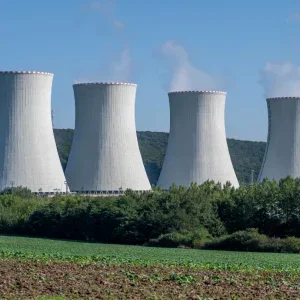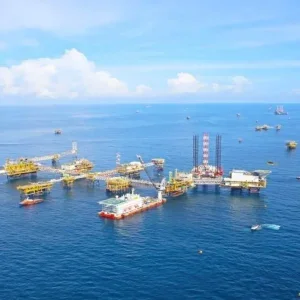Sian Crampsie
Analysis of various countries’ climate pledges submitted ahead of the December climate conference in Paris shows that energy-related emissions rates could slow down dramatically by 2030, says the International Energy Agency (IEA).
The Paris-based agency has released a special briefing outlining the energy sector implications of the Intended Nationally Determined Contributions (INDCs). It says that if the pledges are met, then countries currently accounting for more than half of global economic activity will see their energy-related greenhouse gas emissions either plateau or be in decline by 2030.
However it has warned that the measures outlined in the INDCs would not be enough to achieve the globally agreed climate goal of limiting average global temperature rise to 2°C, relative to pre-industrial levels.
"The fact that over 150 countries – representing 90 per cent of global economic activity and nearly 90 per cent of global energy-related greenhouse gas (GHG) emissions – have submitted pledges to reduce emissions is, in itself, remarkable," said IEA Executive Director Fatih Birol. "These pledges, together with the increasing engagement of the energy industry, are helping to build the necessary political momentum around the globe to seal a successful climate agreement in Paris."
The IEA’s briefing shows that under the INDCs, global energy intensity would improve to 2030 at a rate almost three times faster than the rate seen since 2000. In the power sector, 70 per cent of additional electricity generation to 2030 would be low-carbon.
Significantly, the power sector – the world’s largest source of energy-related carbon-dioxide (CO2) emissions – would see emissions plateau at close to today’s levels, effectively breaking the link between rising electricity demand and rising related CO2 emissions, says the IEA.
Implementation of the INDCs will require the energy sector to invest $13.5 trillion in energy efficiency and low-carbon technologies from 2015 to 2030, an annual average of $840 billion. Climate goals will only be achieved if the energy sector deploys new and innovative technologies with the potential to drive transformational change and decarbonization, said the IEA.






